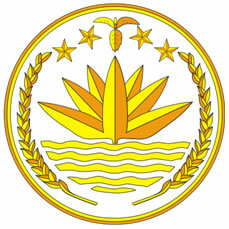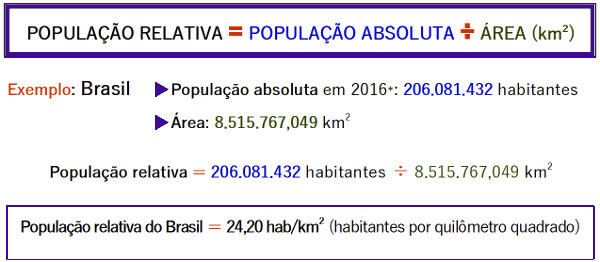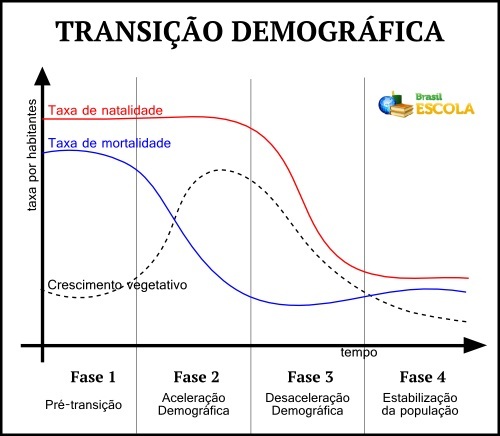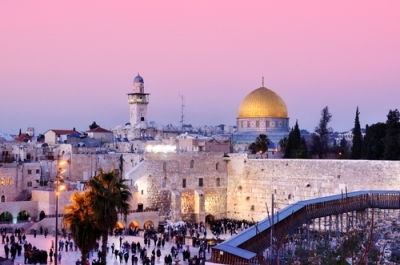Bangladesh is located on the Asian continent, in the delta of the Ganges and Brahmaputra rivers, in the region called the Indian Subcontinent. The country borders India, and a small stretch with Myanmar.
Approximately 90% of its territory has an altitude of less than 10 meters. This causes the soils to be fertilized by rivers during flood periods. However, there are frequent floods in the territory, causing deaths and material damage.
The majority of the population is Muslim, there are also a lot of Hindus. Unlike neighboring India, these two communities maintain peaceful relations in Bangladesh. The country has high levels of poverty and malnutrition, and is among the most populated in the world.
In the country's flooded plains, rice and jute (a plant used in the textile industry) are produced. Agriculture is hampered by irregular rains. The recently discovered natural gas reserves are not yet fully exploited.
Bangladesh had its independence recognized in 1972, after several years of clashes with Pakistan. With the achievement of independence, Bangladesh went through a series of dictatorial governments. The country is currently governed by President Iajuddin Ahmeda and Prime Minister Fakhruddin Ahmed.
Do not stop now... There's more after the advertising ;)

Bangladesh Coat of Arms
Bangladesh Data:
Territorial extension: 143,998 km².
Location: Asia.
Capital: Dhaka.
Climate: Tropical with monsoon rains.
Government: Parliamentary Republic.
President: Iajuddin Ahmeda.
Administrative division: 64 districts.
Language: Bengali.
Religion: Islam 85.6%, Hinduism 12.4%, other 1.8%, no religion 0.2%.
Population: 162,220,762 inhabitants. (Men: 82,032,166; Women: 80,188,596).
Ethnic Composition: Bengalis 98%, other 2%.
Demographic density: 1,064 inhab/km².
Average annual population growth rate: 1.89%.
Population residing in urban areas: 27.56%.
Population residing in rural areas: 72.44%.
Undernourished population: 27%.
Life expectancy at birth: 63.5 years.
Households with access to clean water: 80%.
Households with access to a health network: 36%.
Human Development Index (HDI): 0.469 (low).
Currency: Taka.
Gross Domestic Product (GDP): US$ 67,876 million.
GDP per capita: US$428.
External relations: World Bank, Commonwealth, IMF, WTO, UN.
By Wagner de Cerqueira and Francisco
Graduated in Geography
Brazil School Team
countries - geography - Brazil School
Would you like to reference this text in a school or academic work? Look:
FRANCISCO, Wagner de Cerqueira and. "Bangladesh"; Brazil School. Available in: https://brasilescola.uol.com.br/geografia/bangladesh.htm. Accessed on June 27, 2021.



